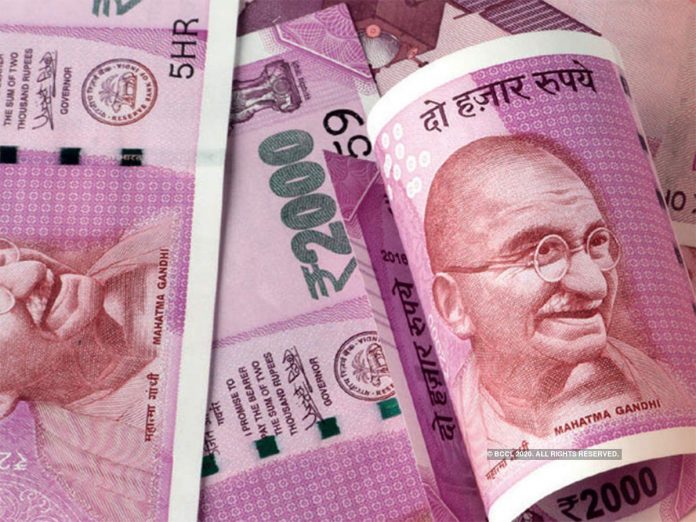Banks in India are facing negative rating as a result of the significant effects of the coronavirus pandemic, oil shock, and market volatility. However there has been one comforting factor in the first-quarter earnings and that is the core operating performance of most banks which has been encouraging.
The top five private-sector lenders have shown double-digit growth on net interest income, The net interest income for the country’s largest lender, State Bank of India grew an impressive 17% successively and 16% year-on-year. Though the loan book for most banks shrank during the June quarter, the growth in the net interest income has only increased because net interest income is measured on an accrual basis. In other words, if the interest from a loan is due, it is considered as received, even though the borrower may ultimately end up not paying it for various reasons.
The moratorium of six months granted to borrowers has distorted this system of measurement now. Despite the moratorium, the interest on the loans has accrued to banks and hence is taken into the computation of net interest income for the quarter. Therefore, borrowers who have opted for moratorium may not have paid the interest but lenders consider the interest received.
As per Credit Suisse, interest accrued on advances under moratorium was 15-40% of net interest income of the June quarter for private-sector lenders. For SBI, the interest accrued and deferred adds to ₹4884 crore or 18% of its net interest payments. For small lenders, the extent was as high as 30-50%, the agent said.
Unless the moratorium is extended, the Indian Banks will perhaps see the worst comings by the end of August 2020. Bankers expect a flow in bad loans and that means pressure on core income. The accrued interest will not continue to flow in once a loan is recognized as non-performing. Credit Suisse analysts say that the impact of this is likely to be seen in the third and fourth quarter, when the moratorium ends and we see slippages from these buckets.
The lid on operating expenses, mainly interest expenses would act as a cushion. The sharp drop in deposit rates indicates that the interest lenders pay has come down faster than the interest they earn from borrowers. This has also been a major factor in a healthy operating profit for lenders.
The pressure on interest income is noticeable. Therefore, the investors need to watch for a worsening of operating metrics of banks in the next quarters.

